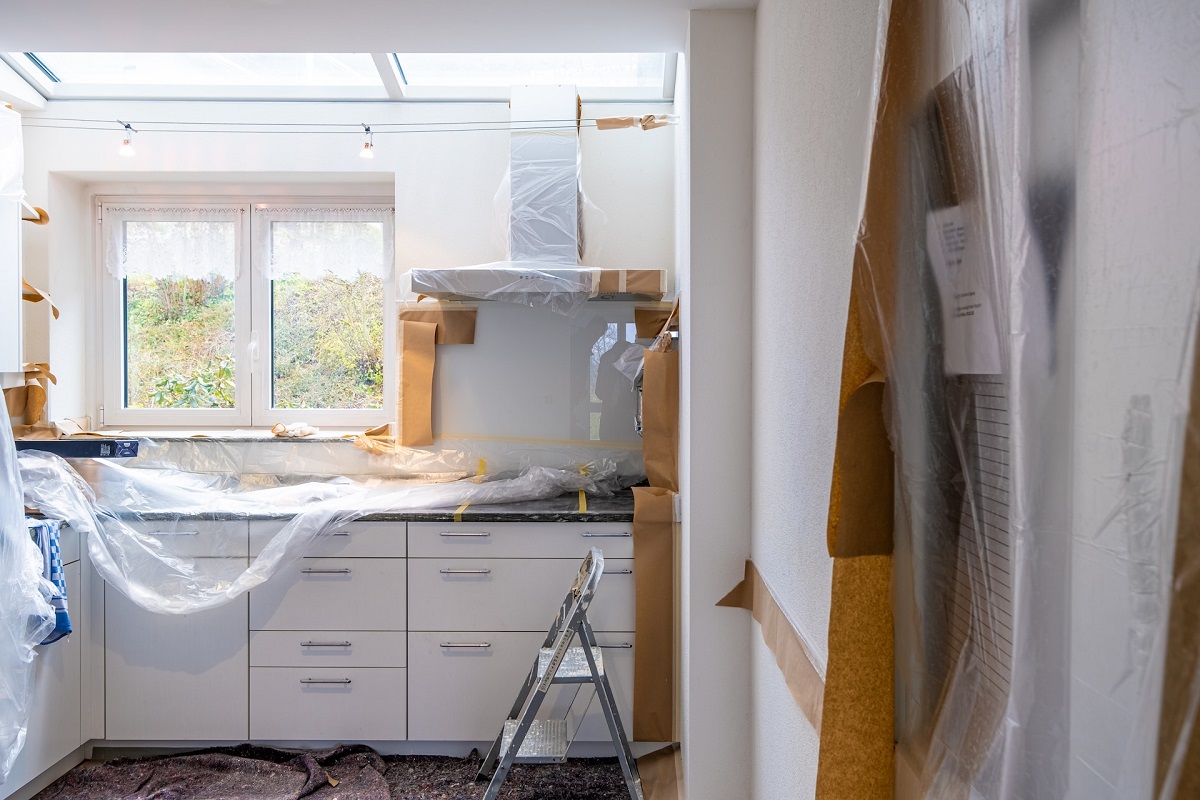
Pests may love your attic even if you don’t
___
Published Date 1/31/2024
Even if they could pay part of your mortgage each month, it’s doubtful you’d want mice, rats, bats, termites, or cockroaches to take up residence in your home. They’re simply not fun bedfellows.
Realtor.com’s Larissa Runkle says that now that you finally got around to putting all of your holiday decor back in the attic, you may have noticed damage done by some unwelcome houseguests. After all — it’s winter and they have to live somewhere.
“Knowing precisely what you’re dealing with can be challenging when you encounter a mess made by pests. And since most of these creatures don’t come out and introduce themselves, it might take some digging to identify the problem and solution,” says Runkle. She spoke to pest control experts about visitors most likely to camp in your attic this winter, telltale signs of common infestations, and how to mitigate the problem.
Tea and sympathy take no part in having guests like these; before you embark on any pest eradication, know that most pests carry a slew of bacteria and diseases. “Be sure to wear gloves and a mask when checking areas or dealing with a mess left behind,” says Runkle. “Clean up with a disinfectant spray or bleach solution. If you’re using a vacuum, you’ll want to make sure it has a HEPA filter to avoid making contaminants airborne.”
Pest expert Emma Grace Crumley says, “Attics can be unsafe if you don’t know how to move throughout them. If the pest entry point is on the far end of your attic or in a dangerous area, contact a professional for assistance.”
Just because Steamboat Willy Mickey Mouse lost his vaunted copyright status recently doesn’t mean you want his family to move in. Mice are among the most common unwanted houseguests, both destructive and health hazardous if their mess (and overall presence) is left untreated. Look for mice droppings (they look like muddy grains of rice), gnaw marks on electrical lines and wood, and food caches, a Terminix expert advises. You might even be able to smell mouse urine, which has the same odor as a dirty hamster cage.
Common entry points are near air-conditioning lines entering the home, through holes in brick, around hose spigots, and in expansion joint gaps. Once those are blocked, set some traps. Speaking of Mickey, believe it or not those classic snap traps shown in cartoons since the beginning of time are still the best control device on the market for mice. Slather peanut butter, chocolate, sesame paste, and hazelnut spreads. They have a rich palette and care little about fat content.
Rats? Mice on steroids. “Think bigger mess, larger droppings, and louder scampering sound,” says Runkle. “Rats will also cause significantly more damage than smaller rodents, which isn’t surprising considering the tooth marks double that of a mouse. They will readily chew through concrete and cinder blocks. Look for rub marks — black, greasy stains left behind as rodents rub against walls. Time to bring out the big guns; electronic traps are the best traps for their demise.
Bats don’t fly as slowly as they do in old Dracula movies. They’re furtive little creatures, so if a bat has chosen to make your attic its winter home, you’ll want to start by educating yourself about local regulations surrounding pollinators. In many places, you aren’t allowed to harm bats.
“It’s important to deal with bats correctly as they are beneficial creatures with a low reproductive rate,” says pest control guy Craig Sansig. “Some are threatened and even endangered.”
Common signs of bats include fluttering sounds and droppings outside an entry point to the attic. Identifying this access is vital since getting rid of bats mainly involves guiding them toward it and then sealing it shut once they’ve left.
“Install a bat cone over the exit, which allows bats to exit but not reenter,” says Sansig. Once the bats are gone, remove the bat cone and install a more permanent seal.
See a solitary dead cockroach somewhere in your attic? You can bet he’s got friends. Look for fecal stains or small, black, poppy seed-sized pellets scattered around accompanied by a musky odor. Cockroach eggs look like beans or little hard, ribbed pellets, usually attached to a corner or tight area.
This is one instance when noticing a few in the attic doesn’t mean you have an infestation. “Roaches in your attic is more of an entry point concern than an infestation concern,” says one expert. “Once unwanted entry points that let roaches into your attic are addressed, your problems should subside.”
Termites spell trouble — period. Consider calling in a professional as soon as possible. The two main types of termites are subterranean and drywood varieties.
Subterranean termites are found underground, living in the soil but able to infest a home by entering through the foundation. Once inside, they build mud tubes. Drywood termites feed on dry, non-decayed wood and can be slightly harder to recognize. Small piles of wood pellets indicate that nearby wood is infested. Seeing tiny translucent wings around your attic is another huge sign of drywood termites.
Eradicating termites is NOT a DIY job. They are rapidly destructive. Call a pest professional immediately.
Realtor, TBWS
All information furnished has been forwarded to you and is provided by thetbwsgroup only for informational purposes. Forecasting shall be considered as events which may be expected but not guaranteed. Neither the forwarding party and/or company nor thetbwsgroup assume any responsibility to any person who relies on information or forecasting contained in this report and disclaims all liability in respect to decisions or actions, or lack thereof based on any or all of the contents of this report.
This communication (including attachments) is for information purposes only. It is not an offer, solicitation, recommendation, or commitment for any transaction or as a confirmation of any transaction. Bobbie Jo Haggard, NMLS #92472; Heartland Mortgage Inc, NMLS #3205; Office: (509) 529-3280; Licensed to business in Washington & Oregon; NMLS CONSUMER ACCESS WEBSITE: HTTPS://www.NMLSConsumerAccess.org


Bobbie Jo Haggard
Loan Officer / Mortgage Specialist
NMLS: #92472 - Washington & Oregon
Heartland Mortgage Inc.
30 S Palouse Street, Walla Walla WA 99362
Company NMLS: #3205
Office: 509-301-1661
Cell: 509-301-1661

Bobbie Jo Haggard
___
Loan Officer / Mortgage Specialist
NMLS: #92472 - Washington & Oregon
Cell: 509-301-1661
Last articles
___

The chicken or the egg? Buy or build?
11/8/2024
The decision to buy or build a home has become increasingly complex in today's m... view more

When Your Neighbor's Mess Becomes Your Problem
11/6/2024
Curb appeal plays a crucial role when selling a home, with messy neighbors poten... view more

Housing Market Shift: Listings Soar to Pre-Pandemic Levels
11/4/2024
Even if home prices have not fallen, it might be good to know that you’ve got mo... view more

Doctor's kitchen warning soaks up controversy
11/1/2024
A medical professional's viral warning about a common kitchen item has sparked h... view more

Warming up your winter home listing when the market runs cold
10/30/2024
Seems like a no-brainer to get a home ready to list when the weather is fine, th... view more

Someone’s here: Homeowners who live with poltergeists
10/28/2024
When northern California homeowner...... view more

Kissing your mortgage goodbye: The truth about early payoff
10/25/2024
Did you know that in Scotland, a house with a red door signifies the owner has p... view more

Home sweet home improvement: Americans are nesting in place
10/21/2024
While we aren’t caught up in the remodeling frenzy that took place during the...... view more
Load more
 Heartland Mortgage Inc.
Heartland Mortgage Inc.






















